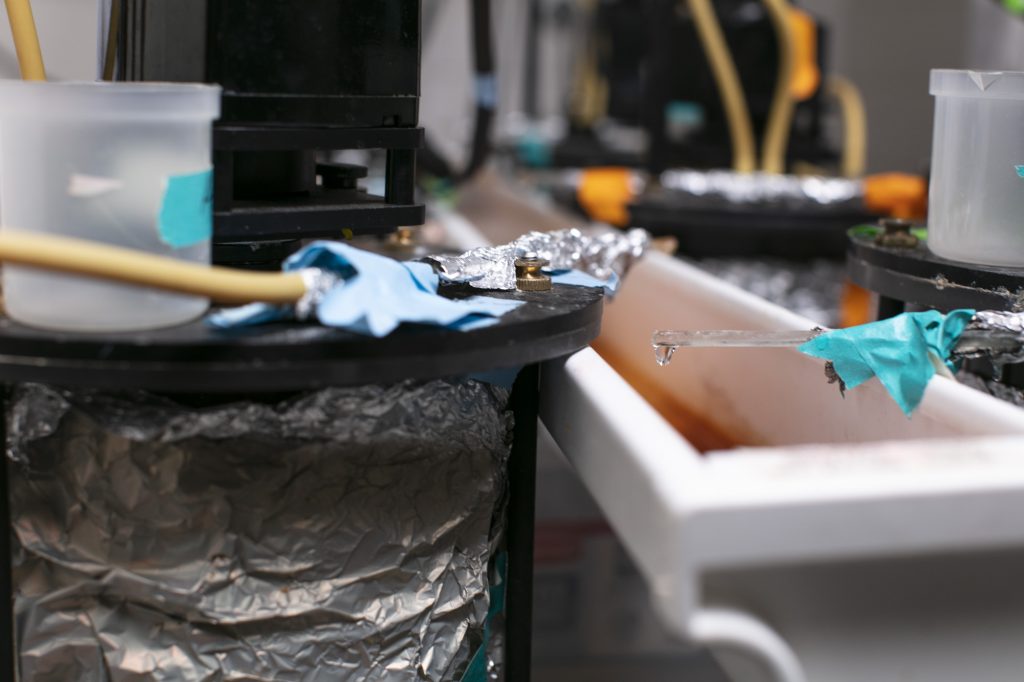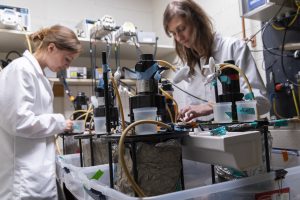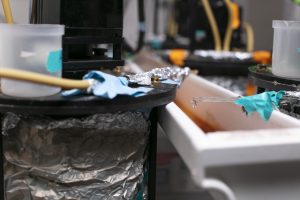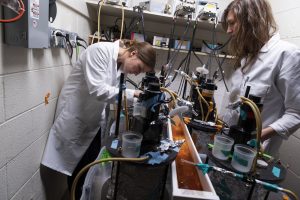Microbial Communities in Drinking Water Distribution Systems

The Challenge
“The distribution system is the remaining component of public water supplies yet to be adequately addressed in national efforts to eradicate waterborne disease” (NRC, 2012). There is ongoing debate regarding whether water distribution networks contribute a measureable health risk derived from pathogens which can colonize these systems, and what significance a disinfectant residual plays in minimizing that risk. Current minimum disinfectant residual guideline values at the federal and state level in the United States have not been established using scientific evidence for the protection of the public from specific pathogens or health outcomes such as acute gastrointestinal or respiratory illnesses. Following the release of data from the Center from Disease control that suggested that 66% of all drinking water related outbreaks in the US were attributed to Legionella pneumophilia between 2011 and 2012, there has been increased discussion at the federal and state levels regarding increasing disinfectant residuals to combat these and other pathogens within the distribution system.
Project Overview
In order to understand the factors that influence biofilm growth and subsequent pathogen presence in distribution systems, one needs to closely examine the microbial composition of pipe biofilms. The goal of this study to use 16s rDNA sequencing to characterize the microbial diversity of drinking water biofilms representative of conditions in the full scale Philadelphia drinking water distribution system.
Publications
Area of Research
Funding By
IGEM Temple University
When
2017-2018
Team Members
Shannon McGinnis
Aurora Trainor
Madison Heaton
Dana Macfarlane
Radhika Sinha
Aurora Trainor
Madison Heaton
Dana Macfarlane
Radhika Sinha
Partners and Collaborators
The Philadelphia Water Department
Location
Philadelphia






